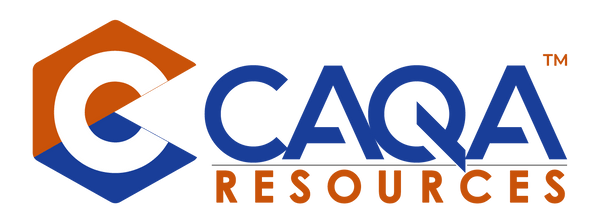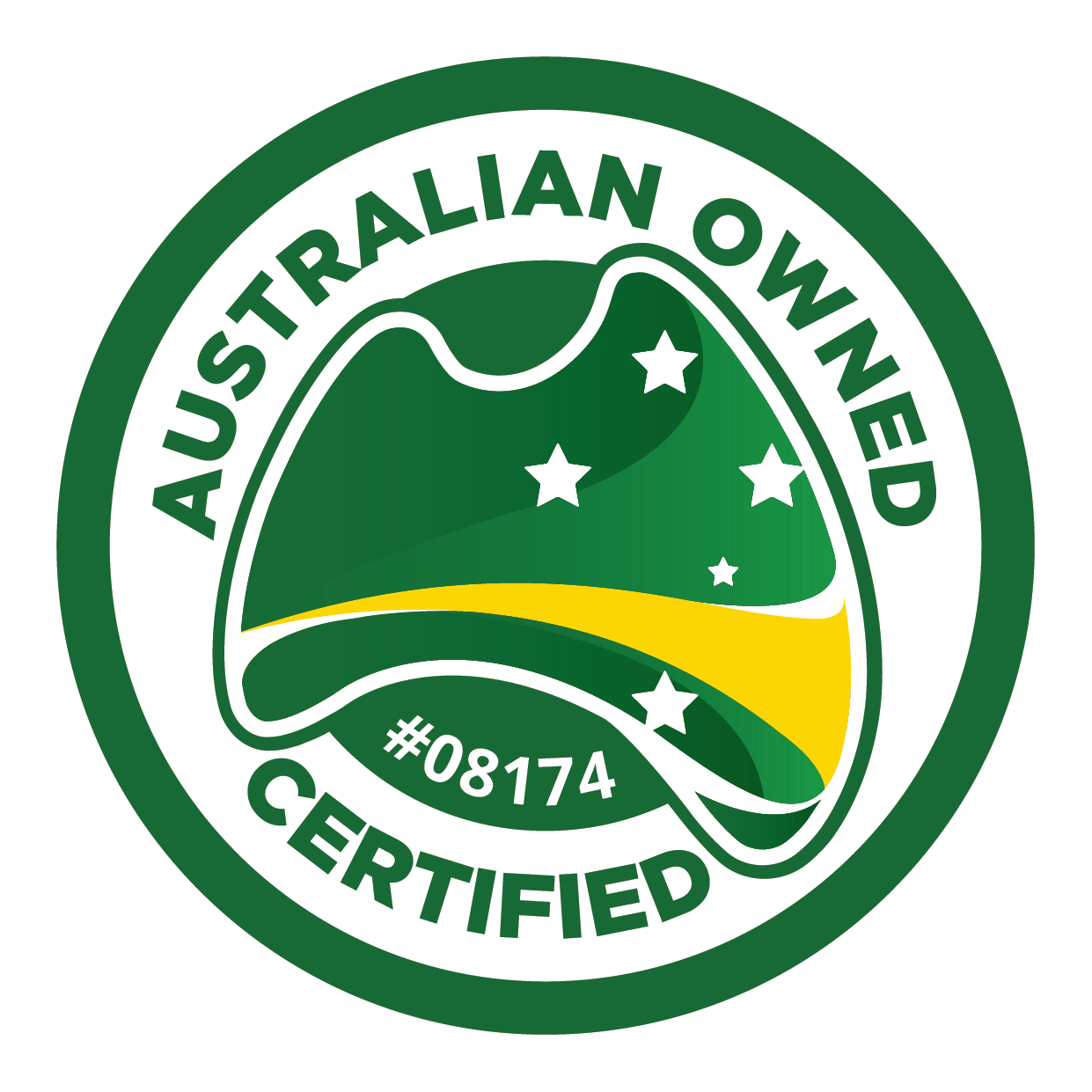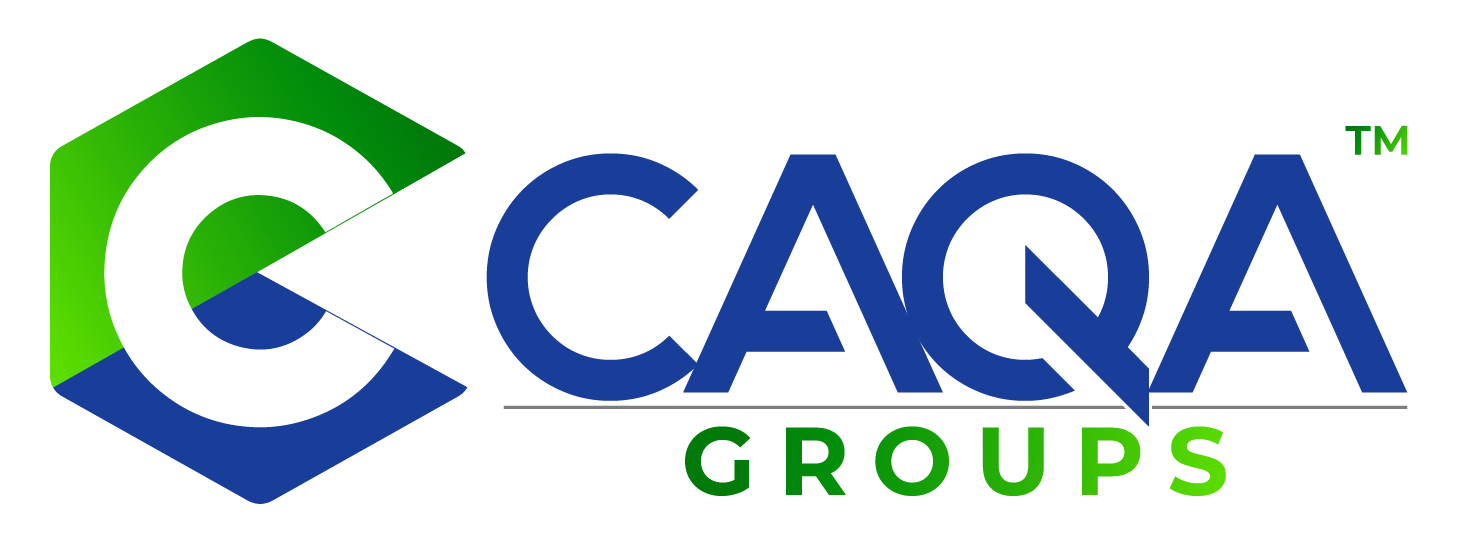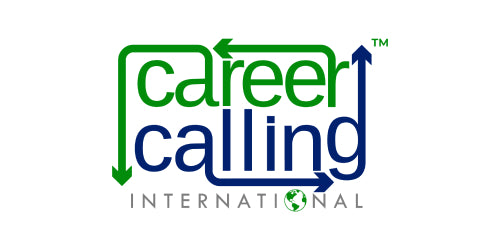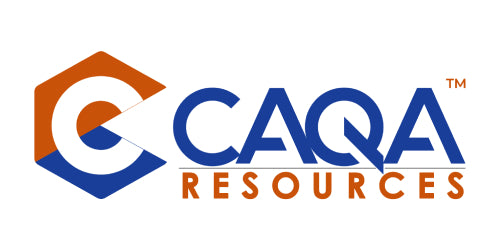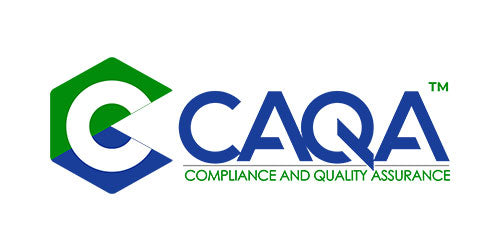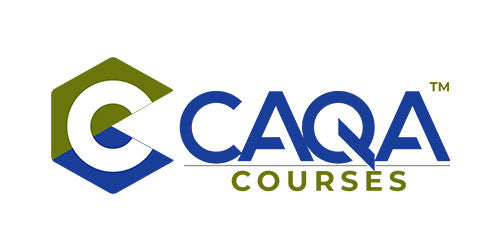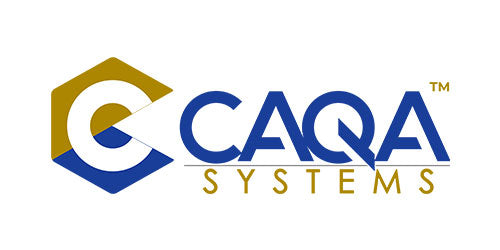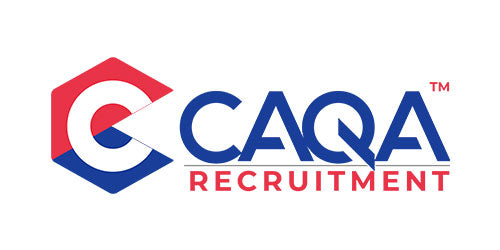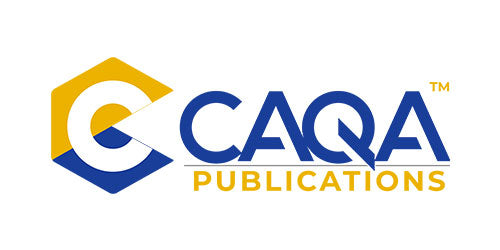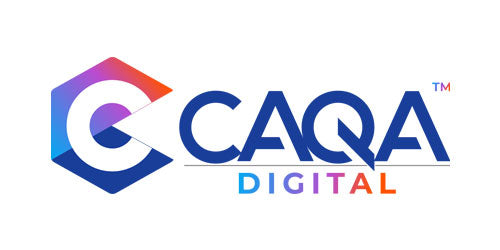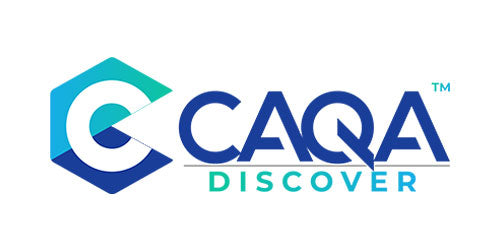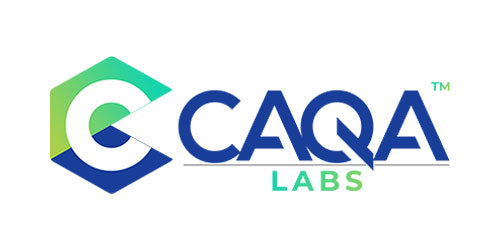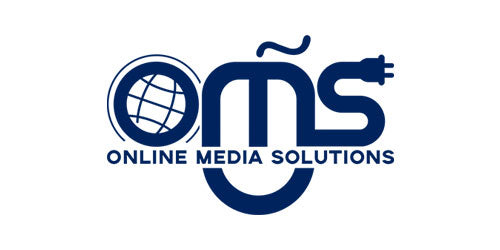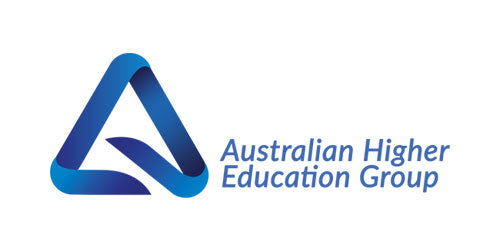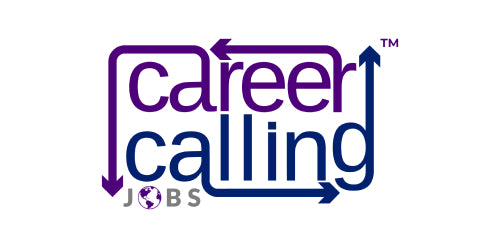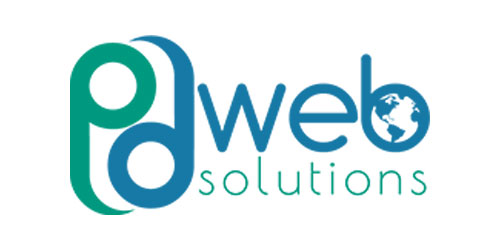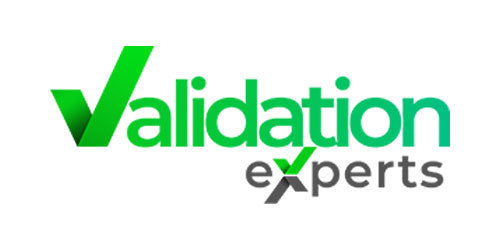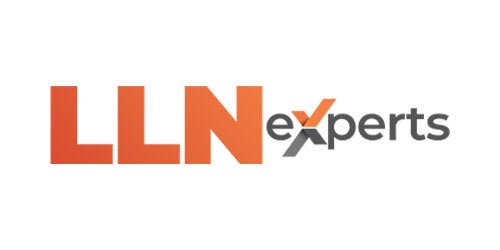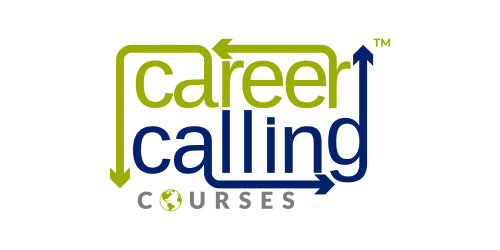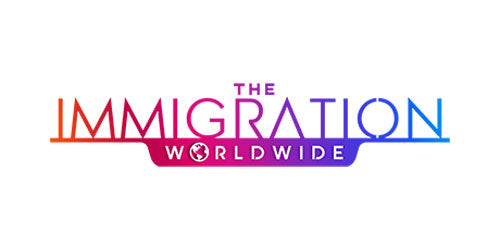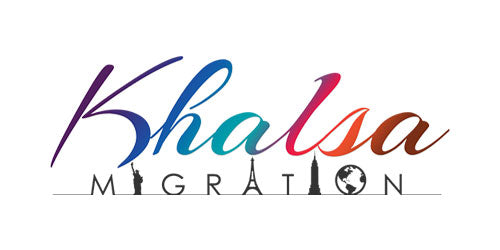Introduction
In the rapidly evolving landscape of vocational education and training (VET), ensuring compliance and maintaining high-quality training resources is paramount for Registered Training Organisations (RTOs). Recently, the Australian Skills Quality Authority (ASQA) shared guidelines and highlighted the risks associated with using low-quality "off-the-shelf" training resources. This article outlines these risks and presents strategies for RTOs to ensure their resources meet compliance standards and deliver high-quality training.
Risks of Low-Quality Training Resources
ASQA's guidelines emphasise several risks that RTOs might encounter if they rely on subpar training materials. These include:
- Delivering Non-Compliant, Poor-Quality Training:
- Poor-quality resources may fail to meet the required training package standards, resulting in non-compliant training delivery. This compromises the educational value provided to students and can lead to significant issues during audits.
- Compromising Student Safety and Wellbeing:
- Inadequate training materials can lead to unsafe training environments and practices, endangering students' safety and well-being. This is particularly critical in sectors where health and safety standards are paramount.
- Regulatory Intervention by ASQA:
- Non-compliance with ASQA standards can trigger regulatory intervention, including increased scrutiny, audits, and reviews, which can be both time-consuming and costly for RTOs.
- Sanctions and/or Conditions Being Applied:
- ASQA may impose sanctions or conditions on RTOs that fail to meet compliance requirements, affecting their ability to operate and deliver training programs.
- Loss or Suspension of Registration:
- In severe cases, persistent non-compliance can lead to the loss or suspension of the RTO’s registration, effectively shutting down their operations and impacting their reputation and financial stability.
Strategies for Ensuring Compliance and Quality
To mitigate these risks and ensure compliance, RTOs should adopt the following strategies when designing and using training resources:
- Comprehensive Volume of Learning Requirements:
- Ensure that training resources are comprehensive and meet the volume of learning requirements specified in the training packages. This includes providing sufficient depth and breadth of content to cover all necessary competencies.
- Simulated Business Sites:
- Incorporate simulated business sites in training and assessment materials to reflect real-world standards. This practical approach ensures that students gain relevant experience and are better prepared for the workplace.
- Detailed Observation Forms:
- Use observation forms that avoid "tick-and-flick" exercises. Ensure that multiple criteria are not grouped into a single tick-box. This level of detail is crucial for maintaining accuracy and reliability in assessments and is often scrutinised during audits.
- Clear Assessment Language:
- Design assessments with clear, unambiguous language specifying what "must" be included rather than using terms like "should" or "could." This clarity helps guide students and trainers effectively, ensuring all necessary components are covered.
- Audit Rectification Guarantee:
- Offer an audit rectification guarantee to provide peace of mind regarding compliance. This assurance can help RTOs address any compliance issues swiftly and effectively, minimising the risk of regulatory action.
Conclusion
Compliance and quality in training resources are crucial for RTOs to maintain their registration and deliver effective, safe, and relevant training. By understanding the risks highlighted by ASQA and adopting robust strategies to ensure compliance, RTOs can safeguard their operations and provide high-quality education to their students. Investing in comprehensive, real-world reflective resources and maintaining clear, detailed assessment criteria are key steps towards achieving these goals.









